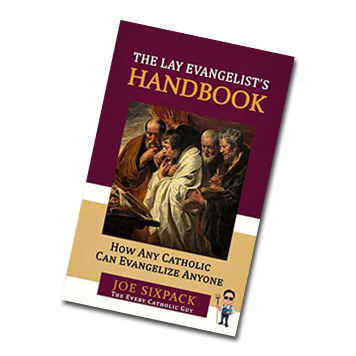“Pope’s Day” . . … The Lost Tradition Of A November 5 Anti-Catholic Feast Day
By RAY CAVANAUGH
In much of colonial America, November 5 was known as Pope’s Day. This was not a day of celebrating the Pontiff, however. In fact, violence would erupt over who got the privilege of burning the Pope’s effigy.
Pope’s Day (also known as “Pope’s Night” or just “Pope Day”) was the colonial offshoot of the November 5 British holiday Guy Fawkes Night, which commemorates a foiled 1605 Catholic plot to assassinate the (Protestant) King, James I. Upon being exported to America, the annual celebration became less about the assassination plot and more about bashing Catholicism, most notably the Pope.
It is unknown exactly when Pope’s Day got started in colonial America. Reportedly, youths in Boston were apprehended for lighting bonfires on November 5, 1662. Luke J. Feder, writing for the Gotham Center for New York City History, places the start of Pope’s Day in New York City right before 1690.
Such places as Maryland and Virginia had too much of a Catholic presence to accommodate such rituals. But that Puritan stronghold of New England, and Massachusetts in particular, was welcoming ground. Although the Puritans didn’t party much, they had a soft spot in their anti-Catholic hearts for Pope’s Day.
In New York City, the upper class would drink a toast to His Majesty on November 5. That was the quaint way of celebrating it. Less inhibited folk would brawl, vandalize, and light bonfires galore. Though papal effigies were being ignited before 1700, the early Pope’s Day festivities were rather tame compared to the all-out melees occurring during the 1700s. New York City began to emulate Boston, where the revelers became competing mobs.
Come November 5 in Boston, “Workmen and apprentices from the rival working-class North and South Ends would parade with carts carrying effigies of the Pope, the Pretender [an overseas Catholic political figure] and the devil, with many of the boys participating dressed as devil’s imps,” according to James Sharpe’s book Remember, Remember: A Cultural History of Guy Fawkes Day.
Each neighborhood’s cart carried a makeshift stage. As related in the memoir of Isaiah Thomas, founder of the American Antiquarian Society:
“At the front of the stage was a large lantern of oiled paper, four or five feet wide and eight or nine feet high….Behind the lantern sat the pope in an arm chair, and behind the pope was the devil standing erect with extended arms, one hand holding a smaller lantern, the other grasping a pitchfork. The heads of pope and devil were on poles which went through their bodies and the stage beneath. Boxed up out of sight sat a boy whose mission was to sway the heads from side to side.”
In a competition to grab hold of the other side’s papal effigy, the North End and South End rivals would physically fight each other. Many a bone was broken, and one year someone was beaten to death.
Another November 5 saw a young boy fatally run over by a cart. The payoff in all this was that the victorious side, having possession of the losing side’s pope, could then burn both popes. Authorities tended to look the other way on November 5. Likely, they supported the message too much to interfere.
What the frenzied participants didn’t realize at the time was that their Pope’s Day ritual was giving them “a schooling in demonstrating and crowd organization which was, from the mid-1760s, channeled into the growing political turmoil which prefaced the American Revolution,” as Sharpe points out.
Basically, they learned how best to riot, as shown in incidences, such as the Stamp Act Riot of 1765 and Boston Tea Party of 1773, leading up to the American Revolutionary War. But when the war erupted, George Washington, then commander-in-chief of the Continental Army, was not smitten by the November 5 ritual, referring to it in his correspondence as “that ridiculous and childish custom of burning the effigy of the Pope.”
Washington was dismayed that “there should be officers and soldiers in this army so void of common sense” at a time when they needed the support of the heavily Catholic French. The Americans already were underdogs. The last thing they needed was to alienate a crucial ally.
Washington thought that, under such circumstances, insulting Catholicism was “so monstrous as not to be suffered or excused.”
With Washington ruining the party, Pope’s Day lost its momentum, and basically never recovered. According to James Bernard Cullen’s book The Story of the Irish in Boston, the Pope’s Day tradition “disappeared after the Revolution,” at least in Boston.
November 5 celebrations would continue to surface in various smaller U.S. locations, however. Writing for seacoastonline.com, Barbara Rimkunas tells how by the 19th century, Pope’s Day morphed into “Pork Day” in Portsmouth, NH., where boys went around pegging each other with chestnuts — a rather wholesome end to a colonial tradition that literally used to burn with anti-Catholic fury.










